I recently attended a talk by Pontifex University Professor, Caleb Brown on the movie starring Denzel Washington called The Book of Eli. This film is also featured in his Pontifex University class, Christian Humanism in Modern Cinema.
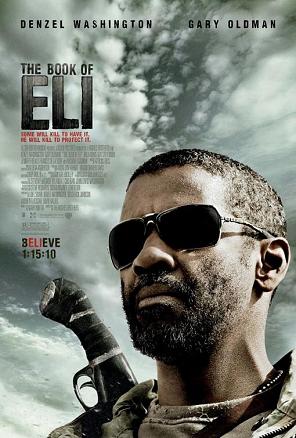
It is set in the Western desert of the US, 30 years after some sort of apocalyptic event in which all the institutions and structures of society in the West have been destroyed. Those who remain eke a living in a dangerous and anarchic state by trying to leech what they can from the remnants of what existed before and by preying on each other. It has the feel of a Mad Max type movie – lots of patched together motorized vehicles screeching around the deserted, arid landscape and driven by unkempted, aggressive, and uncultured people. Some of the population have even resorted to cannabalism.
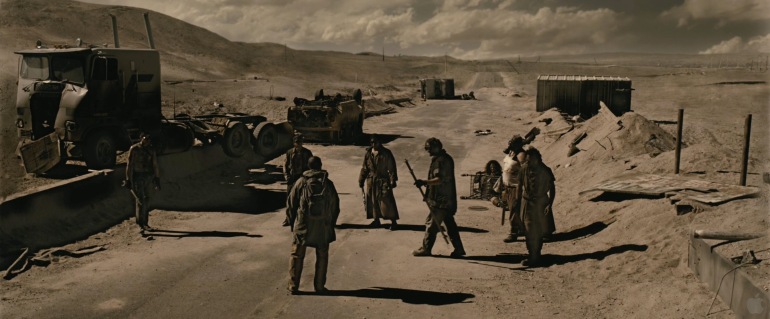
The protagonist, played by Denzel Washington is on a trek, heading West driven by an inner calling; and as he does so confronting various groups and communities (and usually having to defend himself from them).
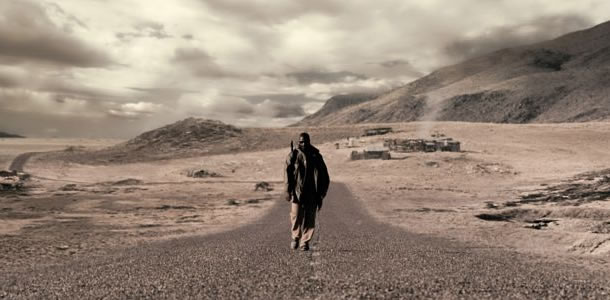
In his talk, Caleb focussed not just on the plot, but also on the film making style of the directors the Albert and Allen Hughes. It is photographically elegant and beautiful: the cloudscapes were all animated to create the right mood; many scenes were filmed in reduced color through filters, which then contrasted with the full color of the later scenes; and the music was carefully constructed to control our perception of the dramatic progression of the film. These are technical aspects of filmmaking that I knew nothing about beforehand, and Caleb’s description of them is fascinating.
The theme of the plot, which was also discussed by Caleb, is interesting and surprising. In this world, all formal religion has disappeared and in a desire to rid the world of it, Bibles were destroyed as part of a huge ‘bonfire of the vanities’ shortly after the catastrophe. Eli, however, has a Bible which conceals from all others and which he secretly reads daily. He clearly believes and draws solace from it – we see him praying each night.
One day, Eli walks into a small town which is controlled by a man called Carnegie, played by Gary Oldman. Carnegie is in perpetual search for a Bible, sending out parties of bikers to scour the surrounding towns for any books in the hope that they will find one. He wishes to use it, he says, because he believes what it contains will give him greater power to control those around him.
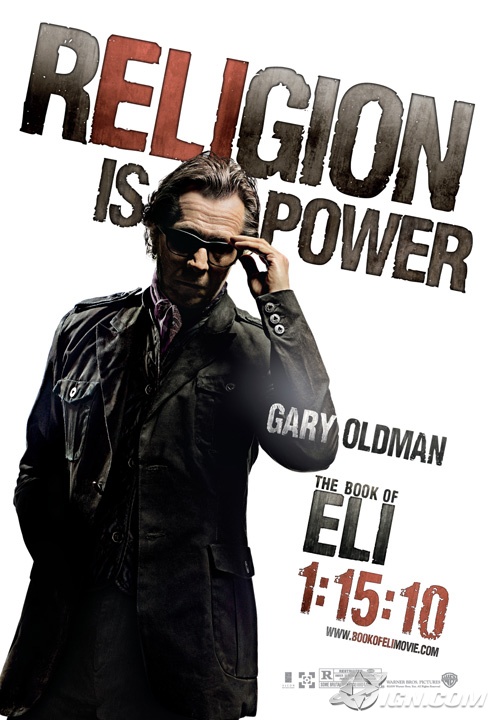
He captures Eli and when he discover that he has a bible he tries to take his Bible from him. Eventually he succeeds but Eli escapes with a young girl, Solara, played by Mila Kunis who wants to find a new life free of the drudgery of her present existence. She is not a believer herself until Eli makes a great gesture of sacrifice to save her. By this his faith is transmitted to her. It is not the words of the book, but the life that embodies them that attracts her. He reluctantly takes her with him. Carnegie, meanwhile is frustrated in his desire to get hold of the text. Although he has the book, he discovers that it is in brail (at this point we realise that Eli is blind).
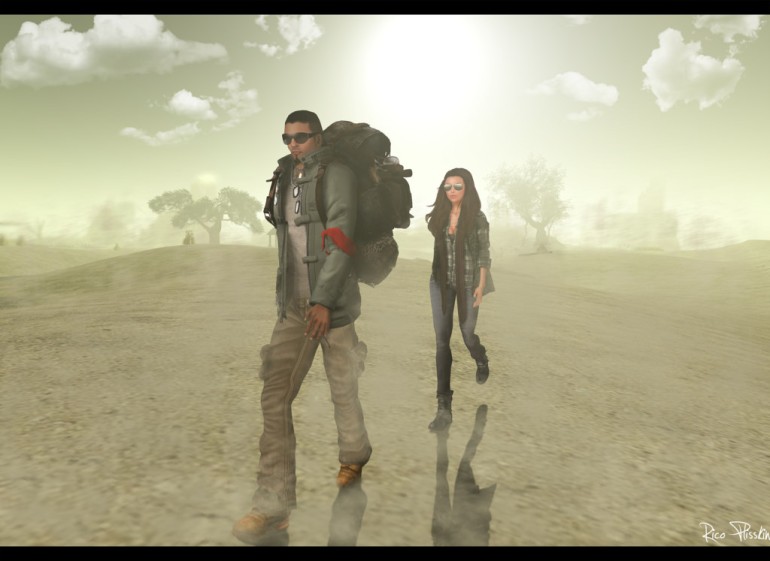
Eventually Eli and Solar reach a new land on the Western fringes of this desert in which vegetation is beginning to grow again. He rows them across, the new River Jordan – the San Francisco Bay – to Alcatraz where a community is living in peace, security and harmony and welcomes him. They have a printing press and Eli, who has memorized the book, dictates to them what was to become the Alcatraz Press King James Bible to the leader of the community. This community have been hoping for a bible and now this man, coming from the East, brings it to them. We see the final version of the book in conventional print placed on a shelf next to the Koran. Eli dies shortly after this, having completed his mission; while Solaris sets off, East, on her own pilgrimage. Here the film ends.
What is as interesting as the film itself is the story of the film. The screenplay is by an Englishman called Gary Whitta who says he is an atheist. Nevertheless this a film about faith and Whitta clearly knows his bible. It was a big budget movie – with a budget of just under $90M. During the making of the film the directors tried, from time to time to play down the religious and scriptural content. Denzel Washington whose father was a pastor and I understand is a Christian insisted on keeping the biblical content in the dialogue.
When Warner Brothers saw the completed movie, they didn’t know what to do with it and, feeling uncomfortable with the scripture, didn’t push a lot of effort behind publicity when it was released. It was presented as a futuristic post apocalypse movie and marketed to the same market as might watch the Mad Max series. It didn’t succeed with this market but began to gain ground in what Caleb described as the ‘Red states’ in the US. Believing Christians and especially protestant Christians started to watch it and eventually it made a clear profit with box-office takings of about $157M.
The story of the making of the film says to me that well-made films with intelligently incorporated themes of faith will succeed at the box office. What dismays me, however is that it didn’t have a Catholic theme as distinct from a broadly Christian theme. There is no direct reference to the Church but one might, perhaps equate, the villainous intentions of Carnegie, the Gary Oldman character, with an erroneous protestant view the Roman church as an organ of control of the state that was a move away from the Church that Christ established.
A more Catholic version of this film, perhaps, would see the persistence of the Church in such a way that the Apostolic succession would be unbroken. Through this, as faith spread, so would the Faith and with it the desire to worship God as a natural inclination of any man who as faith.
And this is where the ideas of St Thomas come into the picture. St Thomas describes what he calls the ‘virtue of religion’. He describes how it is natural to man, when he reflects upon his faith, to want to worship God. The assumption here is that the event that these people survived, though widespread and destructive to civilation and in this sense ‘apocalyptic’ was not the final end. It was not the Apocalypse of the Book of the Apocalypse. If it was then redemption would be on hand through the second coming of Christ and this would be a film about the bodily ressurection of all Christians.
So if any screenplay writers out there wish to think about this and how a Church might be rejuvinated in such a drama, then here is a short series of videos in which St Thomas’s ideas about the viture of religion are described. They are produced by two Dominican friars of the Western Province in the US.
Follow the link to see them all eight videos on vimeo: St Thomas on the Virtue of Religion.
Or you can watch the first video below:
https://vimeo.com/album/4321701
